Matthias Domingo Mushinski
Toward a Theory of Cinematic Detachment: Amiri Baraka, Live at Birdland, and the Inconceivability of Black Music
I don’t know jazz very well, but the jazz I would prefer if I were capable of listening to it would be free jazz, which corresponds to certain things, but I don’t know it.”
—Jean-Luc Godard, Les Écrans Sonores de Jean-Luc Godard (2000)
Form is possibility.
—Cecil Taylor, “Sound Structure of Subculture Becoming Major Breath/Naked Fire Gesture” (1966)
This talk offers a sustained engagement with Amiri Baraka’s liner notes for the album Live at Birdland (1964) by John Coltrane. In doing so, I aim to demonstrate how Baraka’s encounter with the track “Alabama” (which was tributed to the victims of the 1963 Birmingham Church Bombing) enacts a form of cinematic detachment that refuses the formulation of racial violence as a precondition for the beauty of black music. My hope is that this line of thinking may serve as a response to Kara Keeling’s inaugural provocation, in The Witch’s Flight: The Cinematic, the Black Femme, and the Image of Common Sense, that insufficient attention has been paid to “the historical coincidence between the invention of cinema… and W.E.B. Du Bois’s prescient 1903 statement that ‘the problem of the twentieth century is the problem of the color line’”; that the problem of the colour line is—and perhaps always will be—a problem of the cinematic.
Staying with Keeling, how might a consideration of montage deepen our understanding of the status of relationality imparted by the “line” that concludes Du Bois’ prophetic statement? And if the cinematic ought to be recognized as a condition of existence, might the cut—which is made possible by the imperceptible line between frames—be ascertained as the seam by which the problem of existence is announced? Throughout this presentation, I reluctantly concede that cinematic perception (which Keeling thematizes as twentieth century reality) precedes thought in a manner that might make thinking without cinema impossible. Thus, what I am after, and what I sense in Baraka’s liner notes, is as an illicit invocation of montage beyond cinematic proscription. Something like an understanding of the cut as a form of inconceivable detachment—or notion of opacity, perhaps, in terms of the refusal to relate—that the cinematic does not permit, but no less makes possible.
Matthias Domingo Mushinski, Film and Moving Image Studies, Concordia University
Matthias is a PhD student in Film and Moving Image Studies at Concordia University where his research and teaching experiment with ways of increasing our susceptibility to black music. Broadly speaking, he is interested in how cinema organizes thought; or, more precisely, how the interanimation of difference in/as relationality induced by the cut incites a movement of thought that is uniquely adept to thinking with Black Studies. He most recently presented his research at the 2024 Guelph Jazz Festival Colloquium, and in 2020 he completed a curatorial residency hosted by the Dakar-based arts organization RAW Material Company, held at the Institute of Contemporary Art at the University of Pennsylvania. During the residency, he studied under the direction of Linda Goode Bryant, Arthur Jafa, Bonaventure Soh Bejeng and Louis Massiah. Working across areas such as Improvisation Studies, African musicology, and film philosophy, he perpetually contemplates the distinction—or lack thereof—between montage and ensemble.

